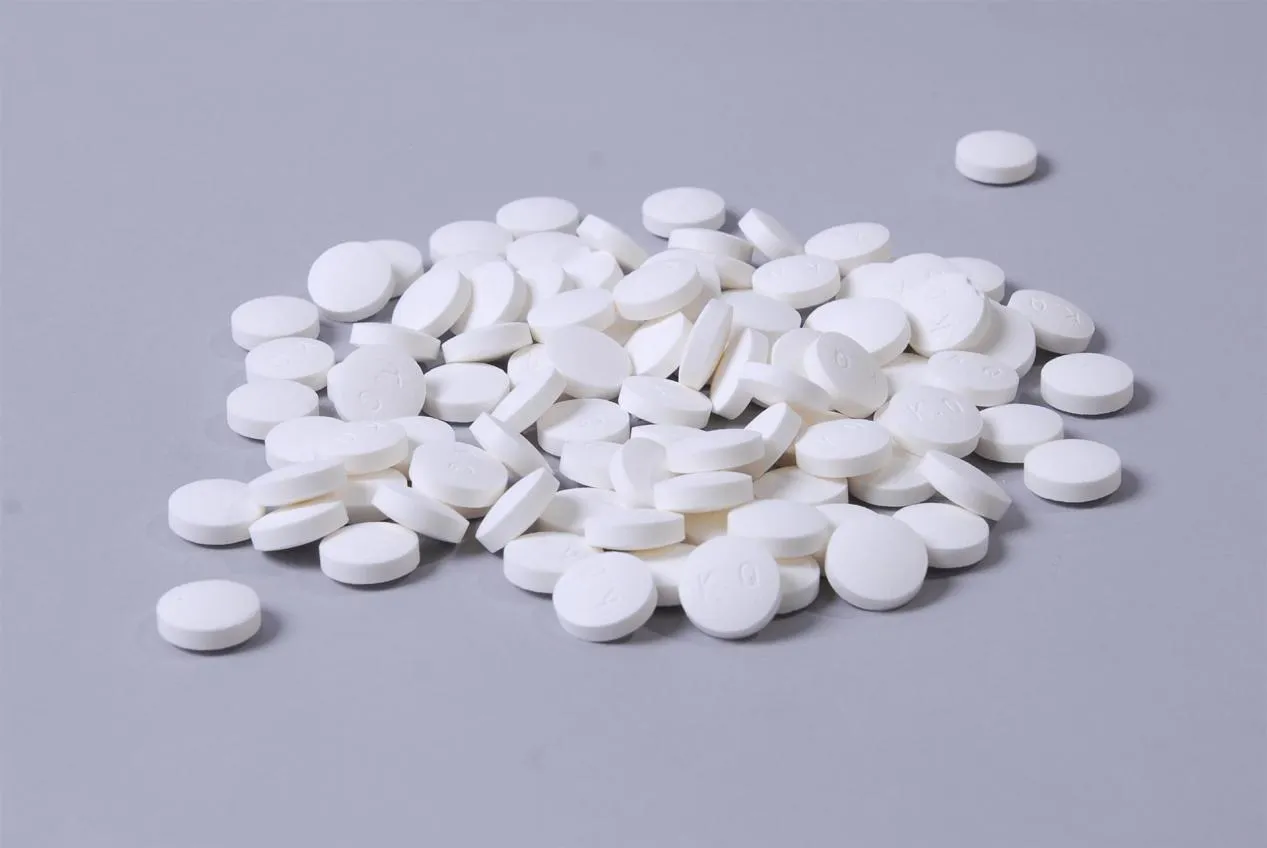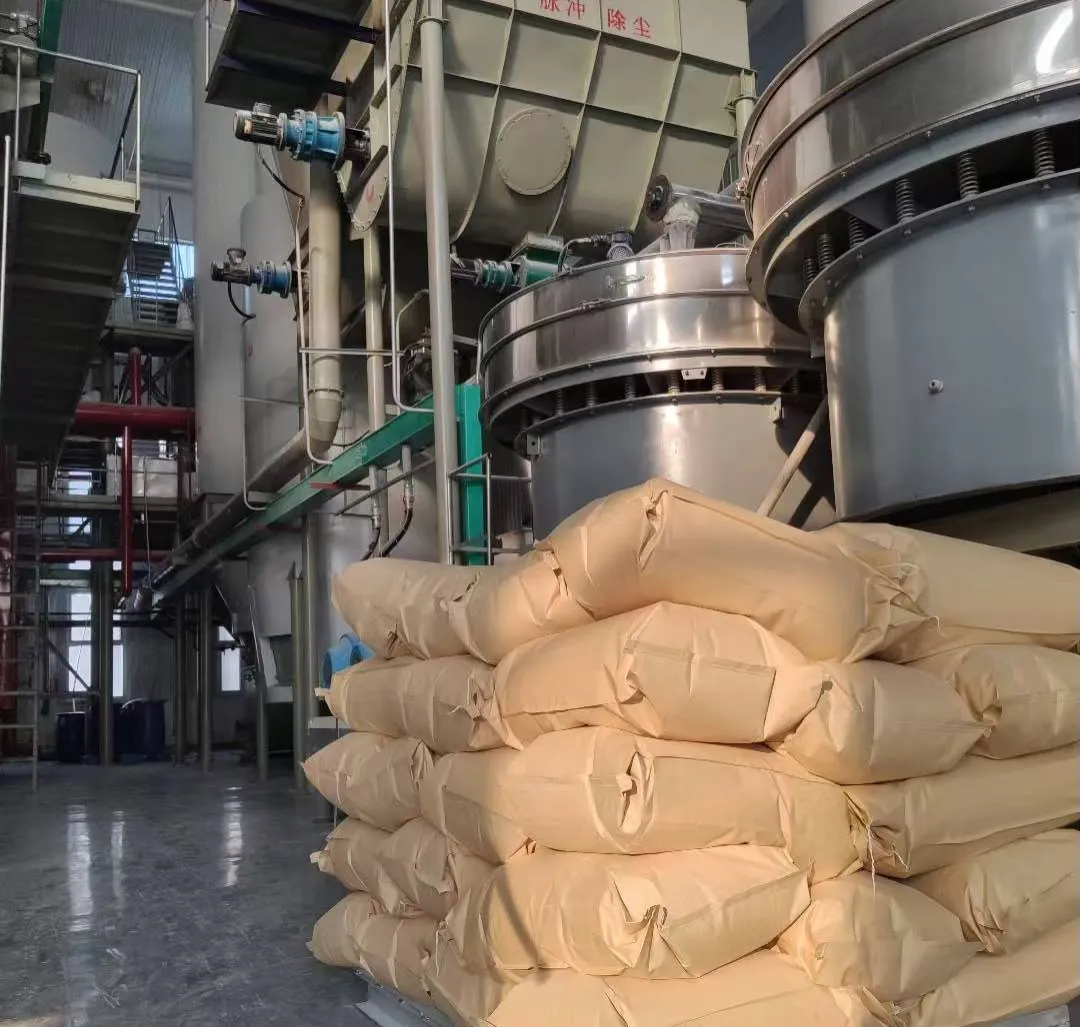
Exploring Cellulose Derivatives: Applications and Market Insights
Cellulose, a naturally abundant polymer, serves as the foundation for numerous derivatives with diverse industrial and pharmaceutical applications. From microcrystalline cellulose for sale used in tablets to specialty materials like cellulose acetate butyrate, cellulose derivatives continue to evolve, offering unique properties. This article explores common cellulose derivatives, their solubility, transformation processes such as cellulose to cellulose acetate, and industrial uses including cellulose sanding sealer and skin care applications.

1. Types and Properties of Cellulose Derivatives
Microcrystalline cellulose (MCC) is widely used as an excipient in the pharmaceutical industry. It acts as a binder and filler in tablet formulations, providing compressibility and stability. Due to its demand, suppliers frequently offer microcrystalline cellulose for sale in bulk for manufacturing needs.
Methyl cellulose Und hydroxypropyl cellulose (HPC) are chemically modified celluloses with enhanced water solubility and thickening properties. Notably, what is hydroxypropyl cellulose? It is a non-ionic cellulose ether used as a film former, emulsifier, and stabilizer in pharmaceuticals, cosmetics, and coatings.
Other derivatives include sodium carboxy methyl cellulose Und cross linked sodium carboxymethyl cellulose, both water-soluble polymers used as thickeners and stabilizers in food, cosmetics, and oil drilling fluids.
Ethyl hydroxyethyl cellulose Und carboxymethyl hydroxyethyl cellulose offer improved viscosity control and film-forming capabilities, finding applications in paints, adhesives, and skin care products.
Sodium hydroxymethyl cellulose is another versatile derivative with good solubility and thickening properties, useful in pharmaceutical suspensions and topical formulations.
It’s important to note that cellulose is soluble in water only after chemical modification, as native cellulose is insoluble due to its crystalline structure.
Transformations such as cellulose to cellulose acetate enable the production of cellulose esters, materials known for their strength, transparency, and biocompatibility. These are widely manufactured by cellulose acetate butyrate manufacturers and are used in films, coatings, and plastics.

2. Applications in Pharmaceuticals, Industry, and Cosmetics
In pharmaceuticals, microcrystalline cellulose in tablets improves tablet integrity and release profiles. The careful choice of cellulose derivatives affects dissolution and bioavailability.
In construction and woodworking, cellulose sanding sealer is popular for sealing wood surfaces before finishing, ensuring a smooth base and improved adhesion of paints or varnishes.
The cosmetics industry benefits from derivatives like hydroxyethyl cellulose for skin, which acts as a hydrating and thickening agent in lotions, gels, and creams. This cellulose derivative enhances the sensory feel and stability of formulations.
Price and availability are critical in industry. For example, ethyl cellulose price varies depending on purity and demand, impacting its use in coatings and pharmaceutical applications.
Biochemical transformations like cellulose to starch highlight the chemical differences between these polysaccharides, important in food science and bioengineering.

The Vital Role of Cellulose Derivatives in Modern Applications
From microcrystalline cellulose for sale in pharmaceuticals to specialty polymers like ethyl hydroxyethyl cellulose, cellulose derivatives underpin many essential products. Understanding properties such as solubility and crosslinking behavior helps optimize their use in cellulose sanding sealer, drug delivery, and skin care.
As the demand for eco-friendly and effective materials grows, collaboration with reliable suppliers, including cellulose acetate butyrate manufacturers, becomes vital. Innovations in cellulose chemistry will continue expanding applications across industries.
FAQs
What is microcrystalline cellulose used for?
Microcrystalline cellulose in tabletsacts as a binder and filler, providing compressibility and ensuring consistent drug release.
What is hydroxypropyl cellulose?
Hydroxypropyl cellulose (HPC) is a water-soluble cellulose ether used as a film former, emulsifier, and thickener in pharmaceuticals, cosmetics, and coatings.
How is cellulose converted to cellulose acetate?
Cellulose to cellulose acetateconversion involves acetylation of cellulose hydroxyl groups, producing esters used in films and plastics.
What are the benefits of hydroxyethyl cellulose for skin?
Hydroxyethyl cellulose for skinprovides hydration, thickening, and stabilizing effects in cosmetic formulations.
What is cross linked sodium carboxymethyl cellulose?
It is a modified, crosslinked polymer with improved viscosity and water retention, used in food, cosmetics, and industrial applications.
-
Hydroxypropyl Starch as a Sustainable Construction AdditiveNewsNov.24,2025
-
The Gelation Properties of CMCNewsNov.21,2025
-
Redispersible Latex Powder and Water Retention CapacityNewsNov.21,2025
-
Dosage Control for Polycarboxylate Water ReducerNewsNov.21,2025
-
Film-Forming Properties of Polyvinyl AlcoholNewsNov.21,2025
-
The Function of Gypsum Additives in MortarNewsNov.21,2025





















